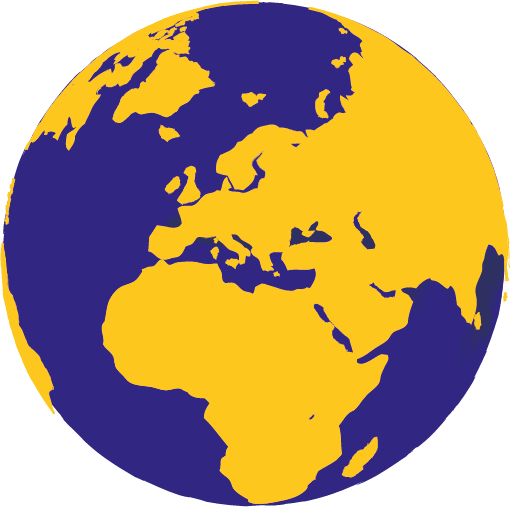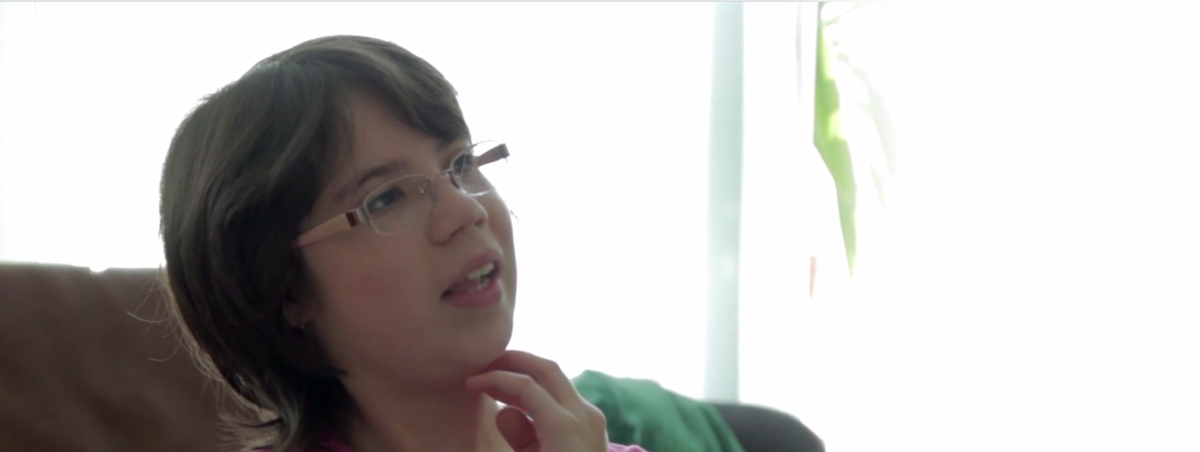“They hide us away… and treat us like animals. But we are not animals. We are human beings. And we have rights”.
EACH year, on December 10, we commemorate the signing of the Universal Declaration of Human Rights, a framework agreed by most nations which enshrines our rights to equal treatment and freedom of thought, religion and assembly. And our rights to be protected from abuse, from slavery and from torture.
We focus on people around the world incarcerated, or tortured, because of their beliefs, or because they belong to a particular group. We celebrate the extraordinary work of Human Rights Watch and Amnesty International and brave individuals who stand up to despotic regimes.
We do not, immediately, focus on ‘orphanages’, which most of us imagine as places of care and protection. Indeed, that is how they are intended. Many people would be shocked to find locked facilities where deprivation of liberty can be the norm, where ‘cruel, inhuman and degrading treatment’ is an everyday mechanism of behaviour control and where, in some instances, punishments fit the UN definition of torture.1
I have visited hundreds of children’s institutions in many countries over the past 20 years. I have met a very small number of people who wilfully abuse children in their care, but for the most part institution staff are good people. So how is it possible that report after report into institutions reveal systematic and ritualised abuse of children? 2
It is the nature of the institution itself. For most children, institutions are more expensive than family care. Institutions are expensive because of costs to maintain the building and ensure a 24/7 presence of personnel. Nevertheless, often, there are too few staff to provide proper care for children. What is intended as care in effect becomes neglect. In some cases I have witnessed, the staff-to-child ratio is so poor that harsh punishment is used to maintain discipline. And what is intended as control in effect becomes torture.
In one institution I was involved in closing, just three people ‘looked after’ 270 children aged six – 18. This was a residential special school in the middle of nowhere for children with mild learning disabilities. The physical conditions were horrific. Temperatures in the winter were often just above freezing. There was only enough water for one shower a week, with no hot water in the girls’ bathroom, so their showers were freezing cold. Hepatitis B and lice were rife. The children’s heads were routinely shaven. They owned nothing. Each week they received a clean set of clothing – girls and boys dressed alike; it was difficult to see gender, never mind individual personality. This sounds like harsh punishment in itself, but this was just daily life in the institution.
As we explained that the institution would close and they would all move to better places, the children began to trust us with stories of their daily life. Had I not been there, I would struggle to believe the scale and diversity of punishment meted out regularly to these frightened children. It is because it is so hard to believe that I do not recount this often. But the children told me for a reason. They asked us to speak out for them, to bear witness. Although these children are now safe, until we stop putting children in institutions, many others will suffer similar abuses, hidden away behind the walls that are supposed to protect them.
On Human Rights Day, these are the children I think of. The 11-year-old boy with arthritis, who was punished for getting his maths wrong by having to mop hundreds of stairs with a bucket of icy water and a cloth. He knelt on freezing cold, wet stairs for hours. He could barely move for the pain. The eight-year-old boy who said a member of staff broke his front tooth in half with a pair of pliers. The thirteen-year-old, burned with a cigarette as a punishment for smoking. And countless children who told of collective punishment – whole classes made to stand out in the snow, in their pyjamas and bare feet, in temperatures as low as minus 20 Celsius (minus 4 Fahrenheit). Or forced to stay in a squat position for 20 minutes in the heat of summer – up to 40 Celsius (104 Fahrenheit).
In another country, street children frequently ran away from a shelter and were regularly captured again. To ease the next round-up, a staff member carved a cross in each child’s scalp with a razor, branding them, making them instantly recognisable.
In yet another country, a 15-year-old girl, was regularly sent to psychiatric hospital as a punishment for disobedience. The hospital had no children’s facility, so she was placed in the locked adult section for the criminally insane, with conditions among the worst I have ever seen. We got her out twice. On the third occasion, she set fire to herself in protest.
Even in a baby institution, I saw shocking ‘discipline’. Injections were used as a punishment. If a toddler was having a tantrum, the needle was brought out and all the children were suddenly silent.
And yet, the system had been set up with the good intention of caring for children. And I have seen many institutions where such punishments are not used, with staff as patient and kind as time allows.
But where resources are too scarce to ensure even minimum levels of untrained staff, the results are almost inevitable.
The failure is systemic. Separating children from families and raising them in institutions, exposes them to risk of abuse. This is why, at Lumos, we fight to end institutionalisation, to ensure all children can be raised in families, in the community, protected from harm.
As one young man in a residential special school told me: “They hide us away, here in the forest, where no-one can see us. And they treat us like animals. But we are not animals. We are human beings. And we have rights”.
This is their day.
1 The UN definition is as follows: “'torture' means any act by which severe pain or suffering, whether physical or mental, is intentionally inflicted on a person for such purposes as obtaining from him or a third person information or a confession, punishing him for an act he or a third person has committed or is suspected of having committed, or intimidating or coercing him or a third person, or for any reason based on discrimination of any kind, when such pain or suffering is inflicted by or at the instigation of or with the consent or acquiescence of a public official or other person acting in an official capacity”. http://www.irct.org/what-is-torture/defining-torture.aspx Accessed 09 Dec 2014.
2 See for example: The Report of the Commission to Inquire into Child abuse (the Ryan Report), Ireland (2009). http://www.childabusecommission.com/rpt/pdfs/ Accessed 09 Dec 2014; Milloy, John S. (1999). A National Crime: The Canadian Government and the Residential School System 1879 – 1986. University of Manitoba Press.



